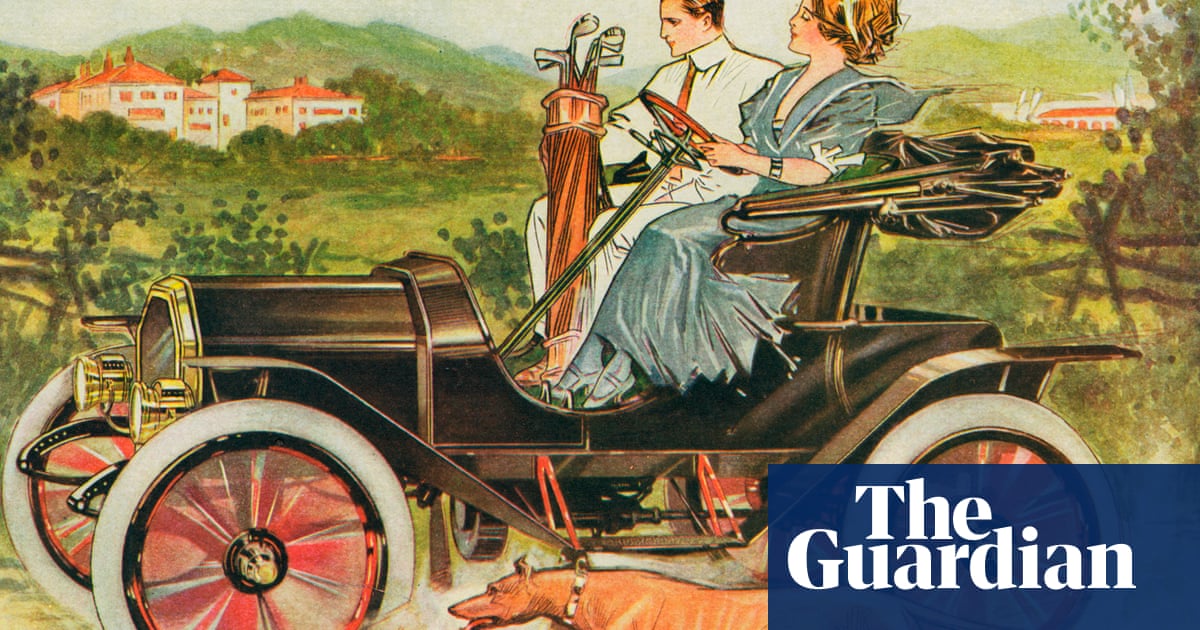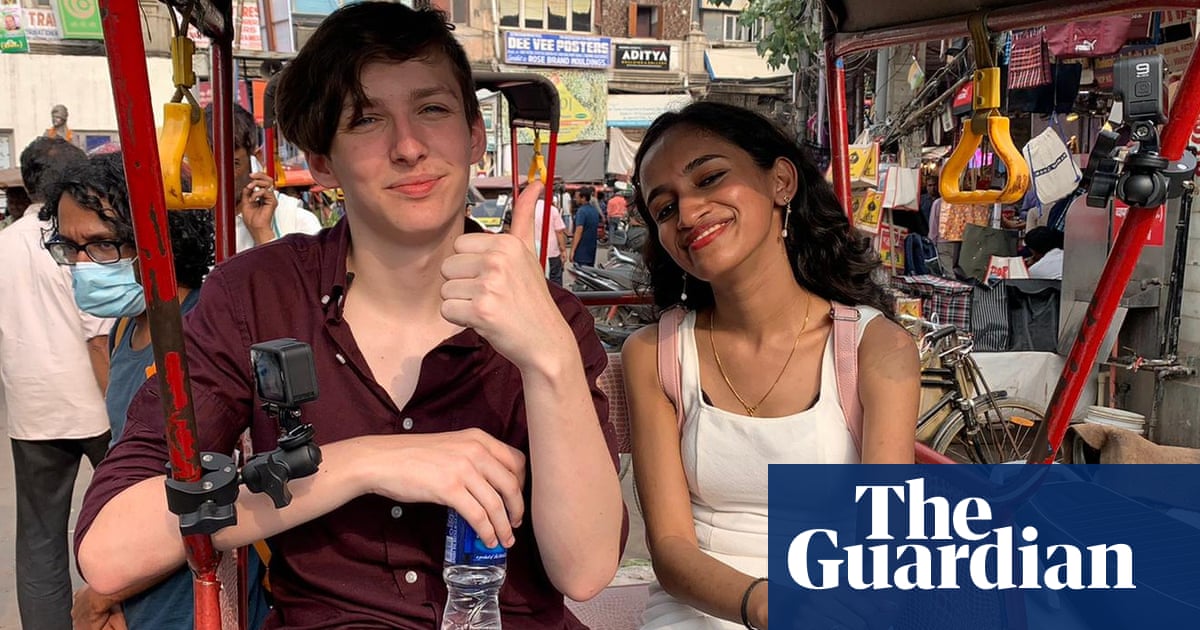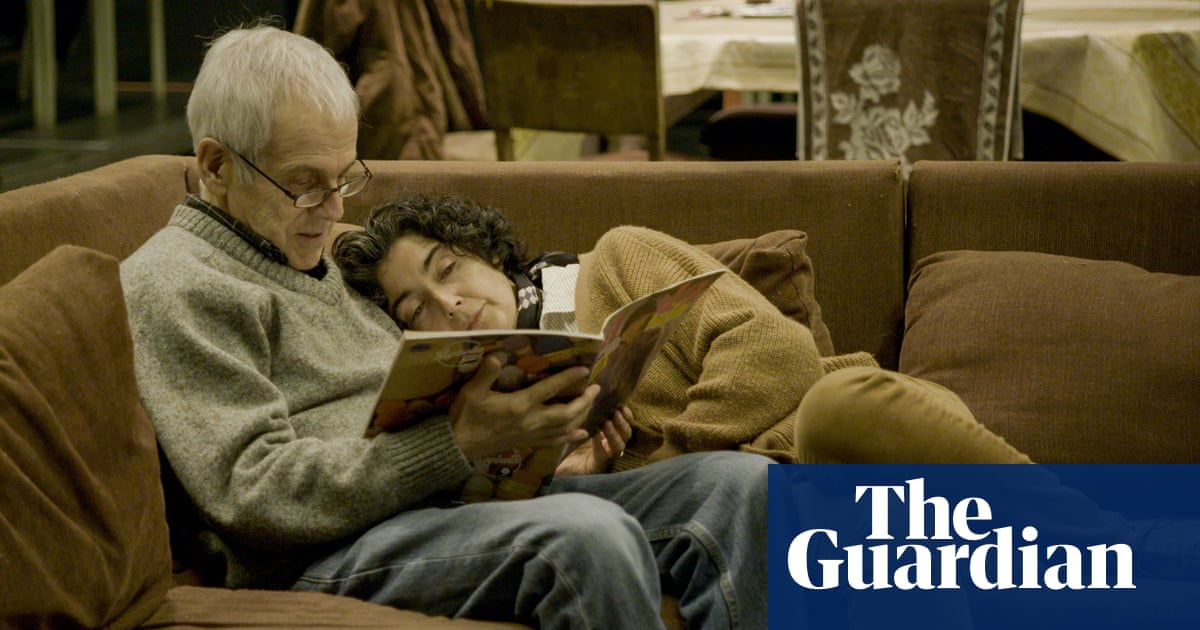
e launched the digital archive Black and Gay, Back in the Day on Instagram at the start of LGBTQ History Month on 1 February. We wanted to document the lives of Black queer people in Britain – not just those seen as icons or famous figures but the everyday people who contributed to the building of Black culture and frequented Black spaces. The response was overwhelming – and our collection of images, based on public submissions, is growing every week.
Our priority is the history that has been buried – the old clothes, creased photographs, leaflets and posters – hidden in people’s homes. This gives our archive the feel of a family photo album, with images that evoke memories, connect old lovers and educate younger Black queers about the spaces that have existed in the past.
We are two Black gay men: Jason is 24 and Marc is 51, so there is a generational age gap between us. We met when Jason was writing his undergraduate dissertation on rates of HIV among black men who have sex with men; Marc is the director of the community health action group the Love Tank. We are looking for photographs taken before 2000, so that we capture the generation of Black queers who belonged to the days before digital visibility and social media. The project has been a way of showing how the past has enabled and structured the present: the Precious Brown club night of 1997 is the Pxssy Palace of 2018. The Vox nightclub of 1993 is the Queer Bruk of 2020.
It is an archive of fun, pleasure, dance, music – and friendship. But it also reflects sadness and pain as we upload photographs of those who have died, many prematurely due to Aids, poor mental health or other illnesses. Those who knew them leave comments in tribute. It is this that gives us a sense of urgency – we must preserve these lives within our archive because this particular generation of queer Black Britons is ageing. And, over time, as people withdraw from the Black queer scene, they become difficult to trace. So we must keep these stories and history alive, vivid and visible for all to see.
Marc and Brad at home, 1992
Marc: This was the first picture we posted, and it’s my personal favourite and one of our most powerful. It’s me with my first love, Brad. He was from the US, and I was from London. We met in 1990 at Nwangi, a Black gay club night at the Market Tavern pub in Vauxhall in south London, which has since been demolished to make way for the new US embassy building. I love this picture as it’s a rare image of Black gay love and intimacy – it’s radical simply because it puts Black gay love front and centre.
Colin and Caz, late 1980s
Marc: This photograph is of siblings Colin and Caz at the Lesbian and Gay Centre on Cowcross Street, London, in the late 80s. It challenges the narrative of Black families being unaccepting of queer children. It also acts as a reminder of a very important place in LGBTQ history, and emphasises the need for spaces that are separate from the commercial gay scene. The Lesbian and Gay Centre opened in 1986 and prided itself on meeting the diverse needs of the community, creating specific spaces for women and Black people.
Ajamu and Winston in Brixton, 1992
Marc: In the early 90s, there were very few bars and pubs that accommodated the needs of the Black LGBTQ community. But we have always managed to carve out our own. Brixton is home to a large African-Caribbean community and Black LGBTQ spaces. So when the Brixtonian opened in 1990, it quickly became the spot for south London’s Black queer people. Run by the occasionally outrageous bon vivant and raconteur Vincent Osborne (Lady O), it was well known for its after-hour lock-ins and cocktails. The bar was also home to Shugs nightclub, which was run by “Big Pat”.
DJ Biggy C with the house music vocal trio Jomanda at the Vox, 1993
Marc: For many years, Black LGBTQ clubs were predominantly run by white gay men. The community had very little ownership of the spaces we socialised in. When the Vox opened in 1993, it was a gamechanger. It was a Black queer-run club set over two floors at an address on Brighton Terrace in Brixton. On Friday nights, it catered to the diverse tastes of Black gay people. From club kids to dancehall queens or homothugs, all were welcome. Downstairs, you would hear house, disco and R&B. Upstairs R&B, hip-hop, soca, Jamaican dancehall and bashment. No night was complete without an appearance by the Glamour Crew – a tight-knit group of fabulously dressed young Black gay men who drew influences from the Harlem ballroom scene. I particularly love this photograph as it features my best friend, the DJ Biggy C, who has played a central role in the Black LGBTQ community for more than 30 years. The Vox lit the fuse for the rich Black LGBTQ party scene we have today.
Yvonne Taylor, 1975
Marc: This is a gem of a picture: Taylor has been a doyenne of the Black LGBTQ community for years. She was one of the founding members of a collective of Black female promoters with Sistermatic, a lesbian-run sound system. They put on a monthly party at the South London Women’s Centre on Acre Lane, Brixton, from 1986 until 1992. She went on to run several other club nights and for the past 15 years has been the promoter of Sunday Happy Days, a club night held at the Century Club on Shaftesbury Avenue in London. It’s one of our oldest, taken in 1975, and illustrates the long history of Black queer women.
Ted Brown on a bike, early 70s
Jason: I love this picture of Uncle Ted. He would have been in his early 20s in this photograph, around the age that I am now, and it shows his early career as a journalist for gay media. We have had lots of discussions about being London-based Black gay journalists at different times, and the kind of internal battles he has won to secure coverage of certain stories ensure that gay media is inclusive and tackles employment discrimination. There aren’t many Black gay journalists even now – although my friends Otamere Guobadia, Josh Lee and Ben Hunte are great examples – so it’s inspiring to see him on the frontline all those years ago.
David McAlmont before Pride, 1992
Jason: David looks incredible here and the picture reminds me of how my friends and I plan our outfits, take photos of each other and praise each other’s fits before we go to Black Pride. David’s fashion here is glorious. Some people have wondered if the character Roscoe Babatunde in It’s a Sin was inspired by his fashion, although Omari Douglas, the actor who played Roscoe, has told us it’s pure coincidence.
Ain and Marilyn, 1997
Jason: When we posted this picture of Ain Bailey and DJ Marilyn, two of my friends (a Black queer couple) remarked how much the photograph looked like a picture of them in the 1990s. It’s a lovely, fun, intimate photo, which shows the launch of the Black queer women’s night, Precious Brown, that was held at the Candy Bar in Soho. Soho has now become synonymous with the “whitewashed” frontier of gay nightlife and is often mistakenly perceived as a playground for a predominantly white LGBTQ crowd, so it’s wonderful to know that there was a Black queer women’s night held at the heart of it.
Patrick Liverpool sitting on a wall in Brixton
Jason: This is probably my favourite of all the photographs we have uploaded so far. I have heard warm stories about Patrick Liverpool, who died in 2001: about his grand outfits and his decadent parties, his home in Brixton being full of Black gay men from all corners of London. But what has stuck with me is his duty of care towards the Black gay men he met – often strangers whom he took in to provide shelter, food and safety. His memory, as it’s articulated through those who knew him, is a real testament to the enduring, revolutionary love that we practise towards each other.
Ajamu on pool table, 1983
Jason: When I asked Ajamu about this photograph, he told me that is how he used to walk around Huddersfield when he was 20. It’s erotic and unapologetically about fun, pleasure and kink. I find how he fashioned himself as an isolated Black gay man in a small northern town inspiring because, in his words, he became the very image that he needed to see. It’s a punk aesthetic that I think also provides some diversity to the archive in terms of the youth subcultures Black gay men have belonged to.












